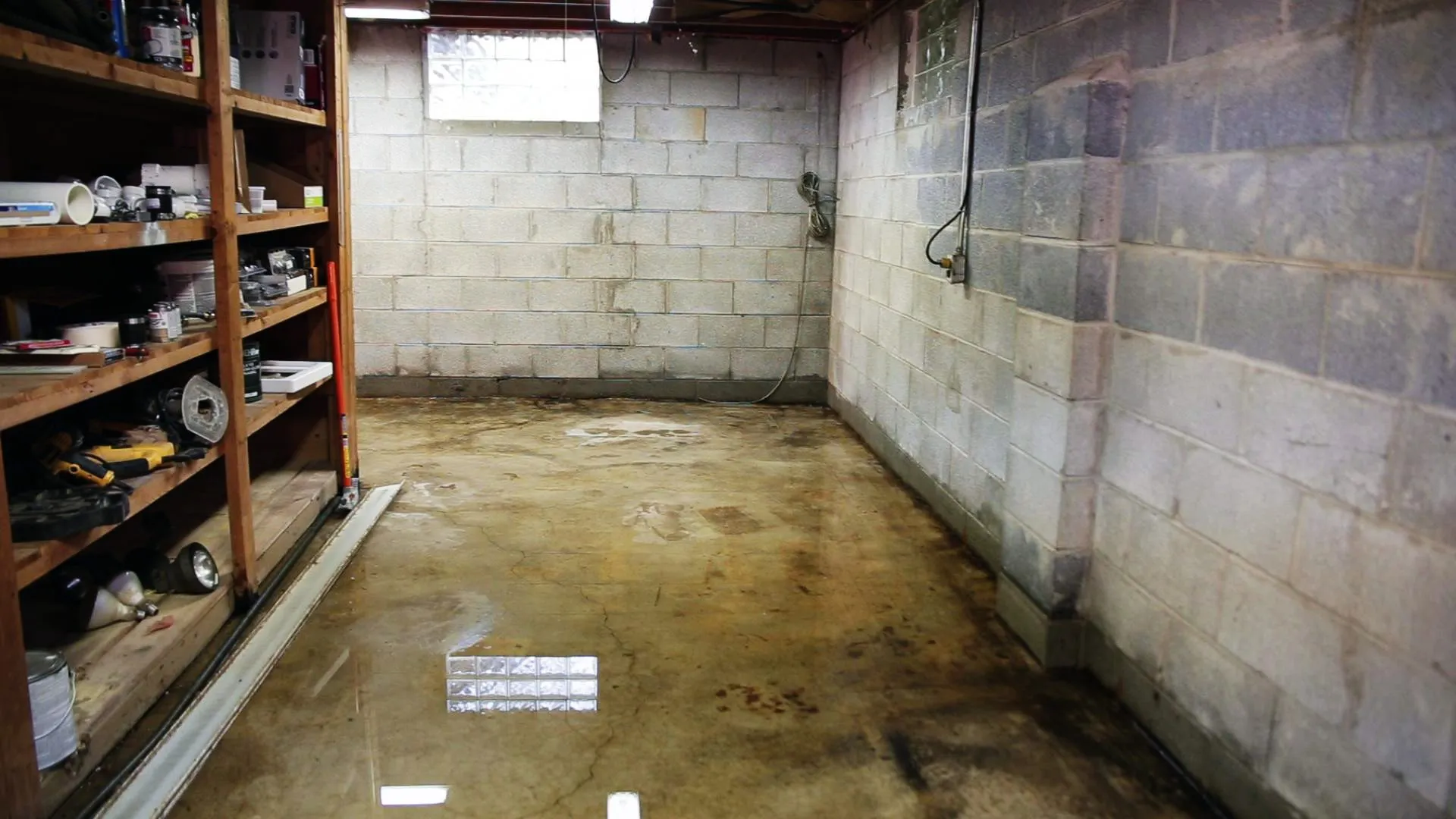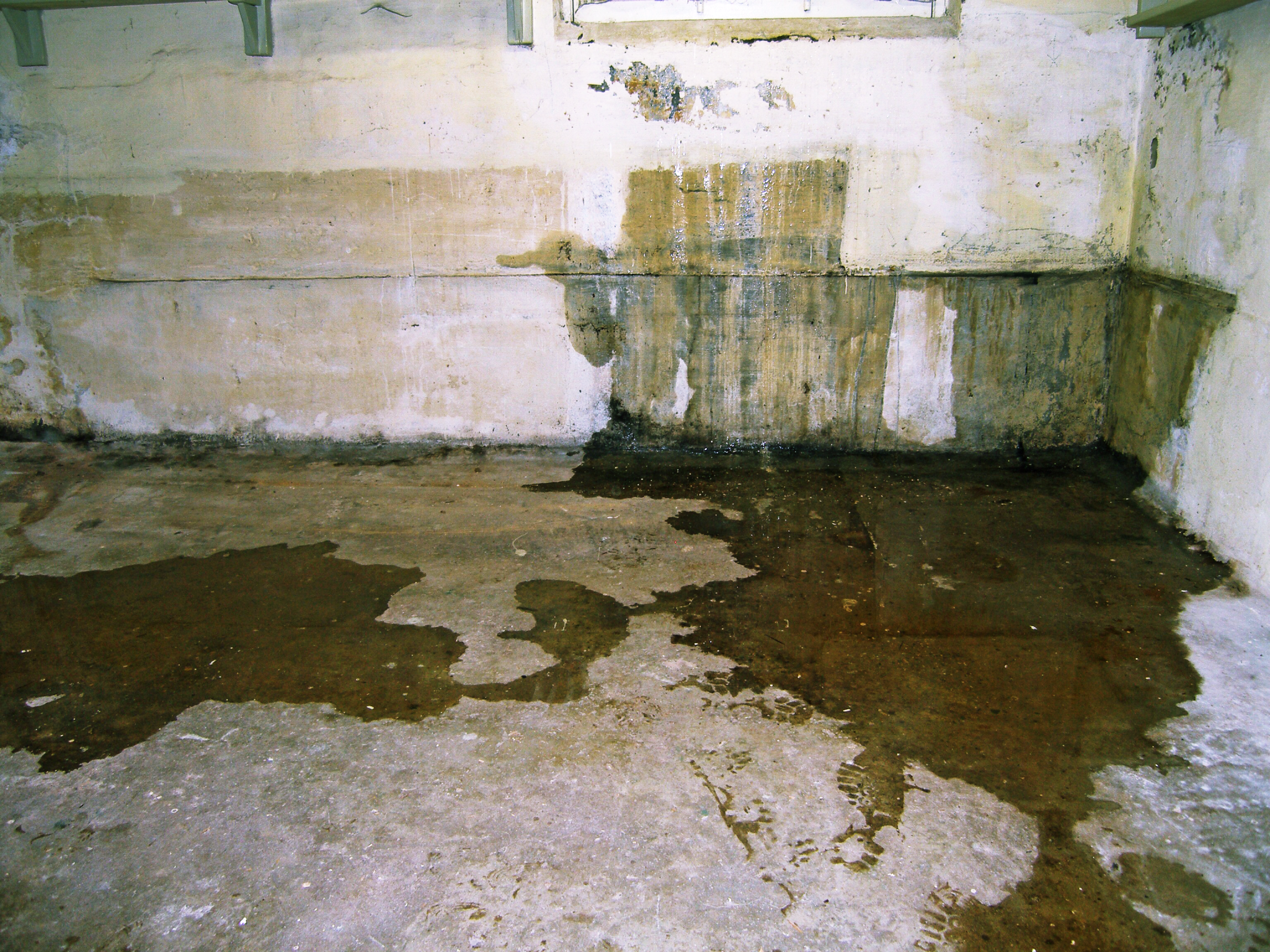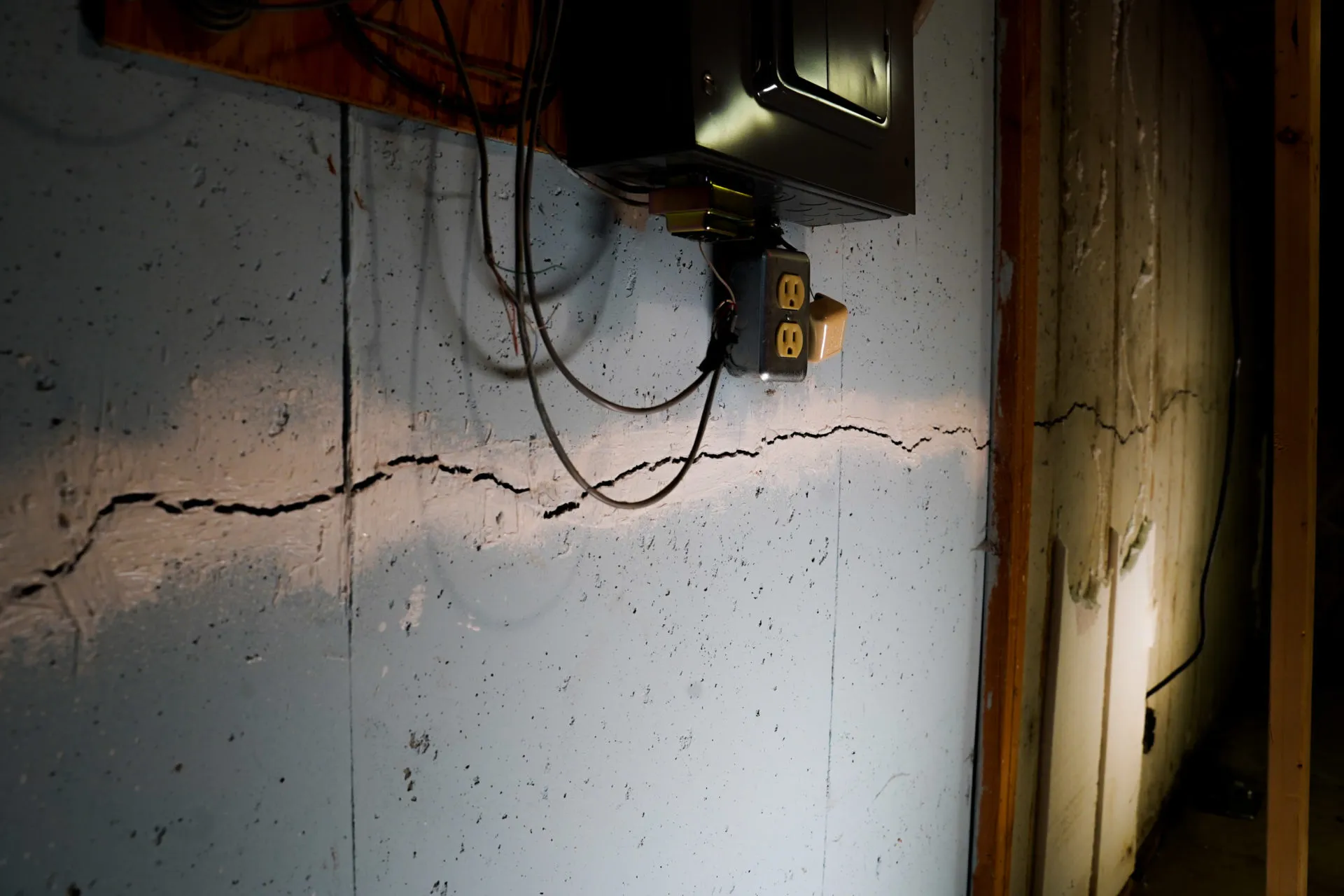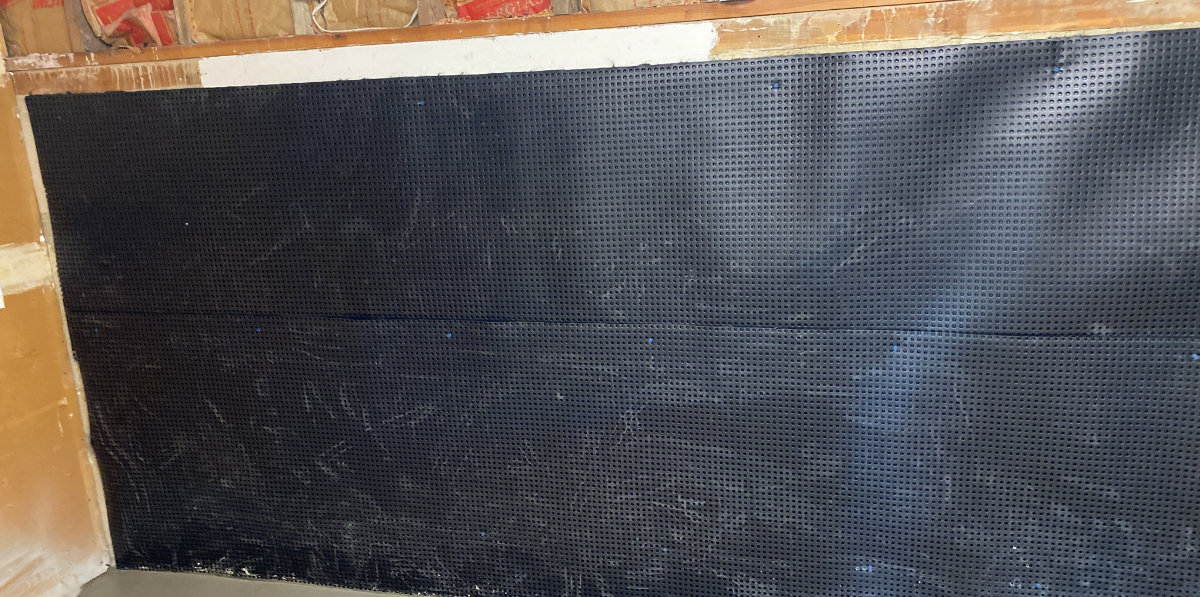What Causes the Clay Bowl Effect?
During the construction of a house’s foundation, workers excavate a hole that is larger than the intended basement to facilitate accurate measurements and construction of the foundation and basement walls.
Once the basement is built, the surrounding space is backfilled with some of the excavated soil. This process leads to what is known as the clay bowl effect. Essentially, the compacted backfill has a different permeability compared to the rest of the soil surrounding the house. This effectively creates a “bowl” around the foundation of your house. When water mixes with the soil in this bowl, it exerts pressure against the foundation. In severe storms, erosion can even wash away parts of this bowl.
Over time, this pressure can cause the foundation to shift or crack. This illustrates the clay bowl effect in action. Let’s explore more about the clay bowl effect and its underlying causes.



What are some problem signs you should look out for?
Clay Bowl Effect Causes
The backfilled soil surrounding your foundation is typically looser than the compacted soil directly beneath it. This backfill often remains soft and porous, allowing it to absorb more water during storms or heavy snowfall. Because water cannot easily seep through the denser soil below, it becomes trapped in the backfill.
As a result, the soil can become saturated with more water than it can handle. This issue is exacerbated if you lack effective gutters and downspouts and downspout systems to divert the water away. The combined pressure from the saturated soil and the water can shift the foundation’s level and may even cause it to crack.
During heavy downpours, excess water and soil may start to seep into any small cracks, holes, or pores in the concrete foundation. Over time, this can lead to further fractures or shifts in the foundation. Any moisture trapped in these pores during winter is likely to freeze and expand, exacerbating the damage.
Severe storms pose particular risks. After damaging your foundation, water may continue to infiltrate your basement or crawl space, resulting in larger issues such as:
- Flooding
- Electrical problems
- Wood rot
Over time, your foundation can show signs of deterioration. Continuous hydrostatic pressure, along with leaks and moisture penetrating its concrete pores, can rapidly weaken it.
This damage can lead to an uneven foundation, which often goes unnoticed by homeowners until significant problems arise. Repairing an unstable foundation requires expert assistance. If you’re experiencing any flooding or foundation issues, it’s crucial to hire an inspector to evaluate your basement. They can assess the problems accurately and help you develop solutions to repair your basement effectively.
How to Prevent the Clay Bowl Effect
Most homes already have drainage systems in place, but if they aren’t effectively directing water away, they aren’t functioning as they should.
In this case, upgrading to a more efficient drainage system is essential. The are two ways to go about this and it has to do primarily with the location of the drainage in question. There are interior drainage systems and exterior drainage systems. An interior drainage system, like our French drain system, channels water to a sump pump, redirecting it away from your basement. Typically, the water is discharged into a storm drain or another drainage point. On the other hand, an exterior drainage system will disperse the water into a drainage well or trench in your yard.
Each option has its advantages and disadvantages, and the best choice depends on your specific home. It is important to consult with one of our professionals who can determine which system is most suitable for your basement.
Hydrostatic pressure resulting from eroded soil can lead to shifts or cracks in your foundation. The foundation is designed to keep moisture out at all times.
If you’re experiencing foundation issues, it’s best to contact a professional for solutions. Addressing these problems will not only stop the clay bowl effect from causing further damage but also help keep your basement dry permanently.
Hiring the Experts
Dealing with flooded basements and uneven foundations can be a headache for homeowners. The resulting water damage can accumulate quickly, leading to expenses in the thousands.
To avoid these costly problems, it’s essential to perform inspections of your own basement annually, and work with qualified basement repair professionals. While the clay bowl effect may not be completely preventable, you can definitely prevent flooded basements and crawl spaces!

